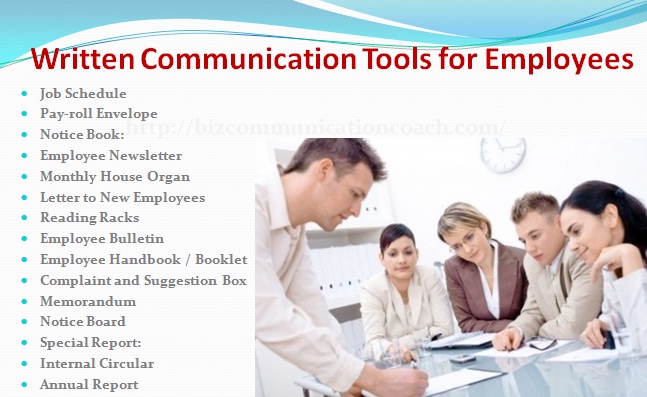A trader may keep his accounting records under the single entry systemdue to lack of resources or expertise. However he would be equally eager to calculate his profit or loss from his business in comparison to a trader who keeps proper records under double entry system. In this post we will see how can this trader find out his profit or loss for a period (using the Statement of Affairs Method).
It is well understood that due to absence of proper records under the single entry system of accounting, it is not possible to prepare a Profit and Loss Account to ascertain the amount of profit or loss. So we will have to employ some other method to calculate profit or loss here. I will show you how its done. Just read on to find out. Also if you are conversant with the Hindi language, you can watch our video on the topic here.
APPROACHES FOR CALCULATION OF PROFIT AND LOSS UNDER THE SINGLE ENTRY SYSTEM
There are two approaches to calculate profit or loss under the single entry system:
- Balance Sheet Approach – Statement of Affairs Method; and
- The Transaction Approach – Conversion Method
In this article we will cover the first approach.
BALANCE SHEET APPROACH OR STATEMENT OF AFFAIRS METHOD
Under this method, a trader can ascertain his profit or loss for a particular period by comparing the capital at the beginning of the period with the capital at the end of the period.
The basic assumption behind this approach is that the increase/decrease in capital of a business during an accounting period is due to the profit earned/loss sustained by it during that accounting period.
For this purpose two comparative Statement of Affairs are prepared, one giving the capital at the commencement and other at the end of the period. Capital in both cases is being represented by Net Worth i.e. excess of Assets over Liabilities.
WHAT IS STATEMENT OF AFFAIRS?
Statement of Affairs is a statement of Assets and Liabilities prepared to find out the financial position (or Capital) of a business where accounts are not maintained on the double entry system.
IF IT IS A STATEMENT OF ASSETS AND LIABILITIES THEN WHY WE CALL IT A STATEMENT OF AFFAIRS AND NOT A BALANCE SHEET?
Although a Statement of Affairs shows a collection of assets and liabilities, it cannot be called a Balance Sheet. This is because the values of such assets and liabilities are not taken from ledger accounts but are estimates made by the owner of the business.
The balancing figure of the statement of affairs on a particular date = Total Assets – Total Liabilities = Capital as on that date
SO HOW TO FIND PROFIT OR LOSS UNDER THE STATEMENT OF AFFAIRS METHOD?
Profit or Loss is calculated using the following formula:
Profit or (Loss) = Closing Capital + Drawings during the period – Opening Capital – Further Capital introduced
LET US TAKE A SMALL PROBLEM TO UNDERSTAND THE ABOVE
- Capital as on 1st January, 2017 Rs. 25600
- Capital as on 31st December, 2017 Rs. 30400
- Drawings during the year 2017 Rs. 12600
- Additional Capital introduced on 30th Sept, 2017 Rs. 4000
Calculate the Profit or Loss for the year 2017.
Solution:
Calculation of Profit or Loss for 2017
(Applying the above formula: Profit or (Loss) = Closing Capital + Drawings during the period – Opening Capital – Further Capital introduced)
Profit = 30,400 + 12,600 – 25,600 – 4,000 = Rs 13,400
If the result was negative, it would have meant a loss.
LET US TAKE ANOTHER ILLUSTRATION
Problem:
Mr D started a business by investing Rs 9000 in cash into the business with no other assets and no liabilities to outsiders. At the end of the first year, his records showed the following assets and liabilities:
- Furniture Rs 4000
- Cash Rs 3600
- Equipment Rs 4000
- Creditors Rs 6000
- Debtors Rs 5000
- Prepare a Statement of Affairs as of the close of the first year.
- Assuming that he did not make any drawings from the business nor did he introduce any further capital during the year, calculate his profit in the first year.
At the end of the second year, the records of D showed the following assets and liabilities:
- Furniture Rs 8000
- Creditors Rs 16000
- Cash Rs 5000
- Equipment Rs 6000
- Debtors Rs 4000
- Building Rs 20000
- Loan Rs 10000
- Prepare a Statement of Affairs as of the close of the second year;
- Assuming that during the year he had introduced Rs 3000 as additional capital and had withdrawn Rs 600 per month for personal use, calculate his profit for the second year.
Solution:
First Year
First of all let us prepare the Statement of Affairs for the first year as asked by the problem.

Capital at the beginning of the first year = cash invested by Mr D = Rs 9000 ( as mentioned in the problem)
Since there is no drawings or capital introduction in the first year, profit will be calculated as follows:
| Capital at the end of the first year | 10600 |
| Less: Capital at the beginning of the first year | 9000 |
| Profit during the first year | 1600 |
Second Year

So from the above we got Capital at the end of the Second year = Rs 17000
Now let us calculate the profit or loss for the second year:
| Capital at the end of the Second year | 17000 |
| Less: Capital at the beginning of the Second year | 10600 |
| Add: Drawing during second year (600×12) | 7200 |
| Less: Capital introduced in Second Year | 3000 |
| Profit in the second year | 10600 |
From the above Statement of Affairs, we could find out the Capital at the end of the first year which is the balancing figure i.e. Total Assets – Total Liabilities = 16600- 6000 = Rs 10600.








































